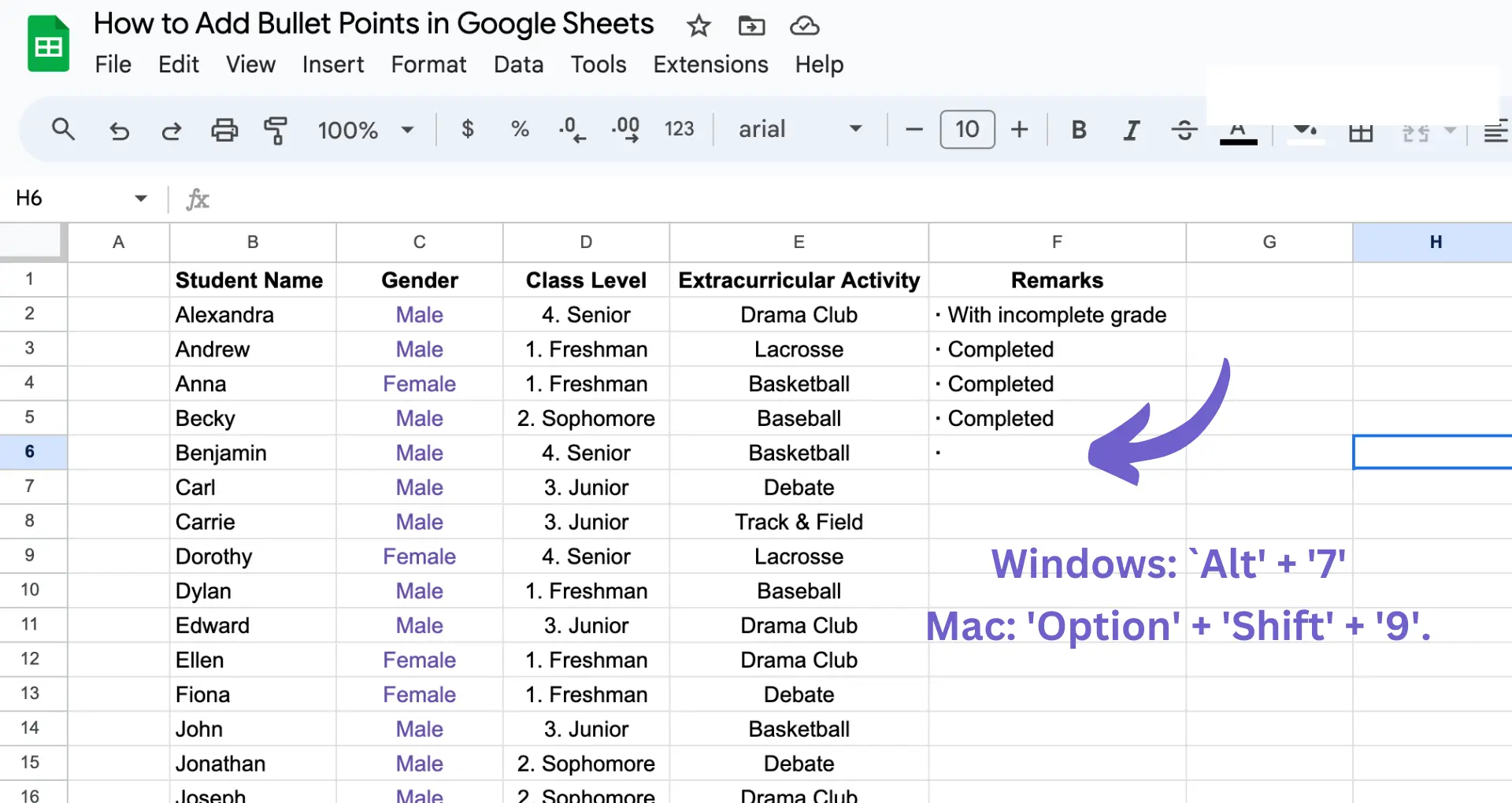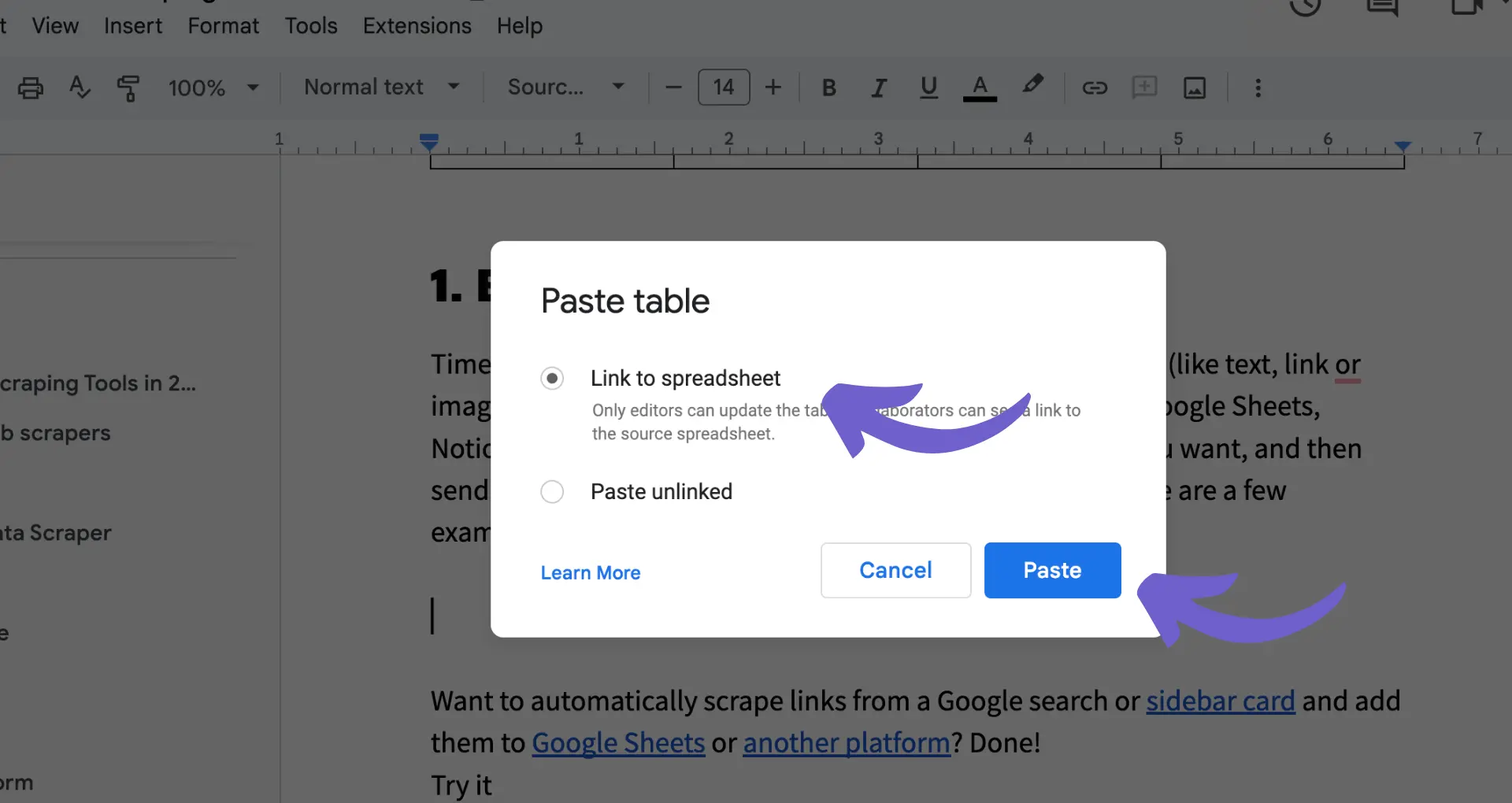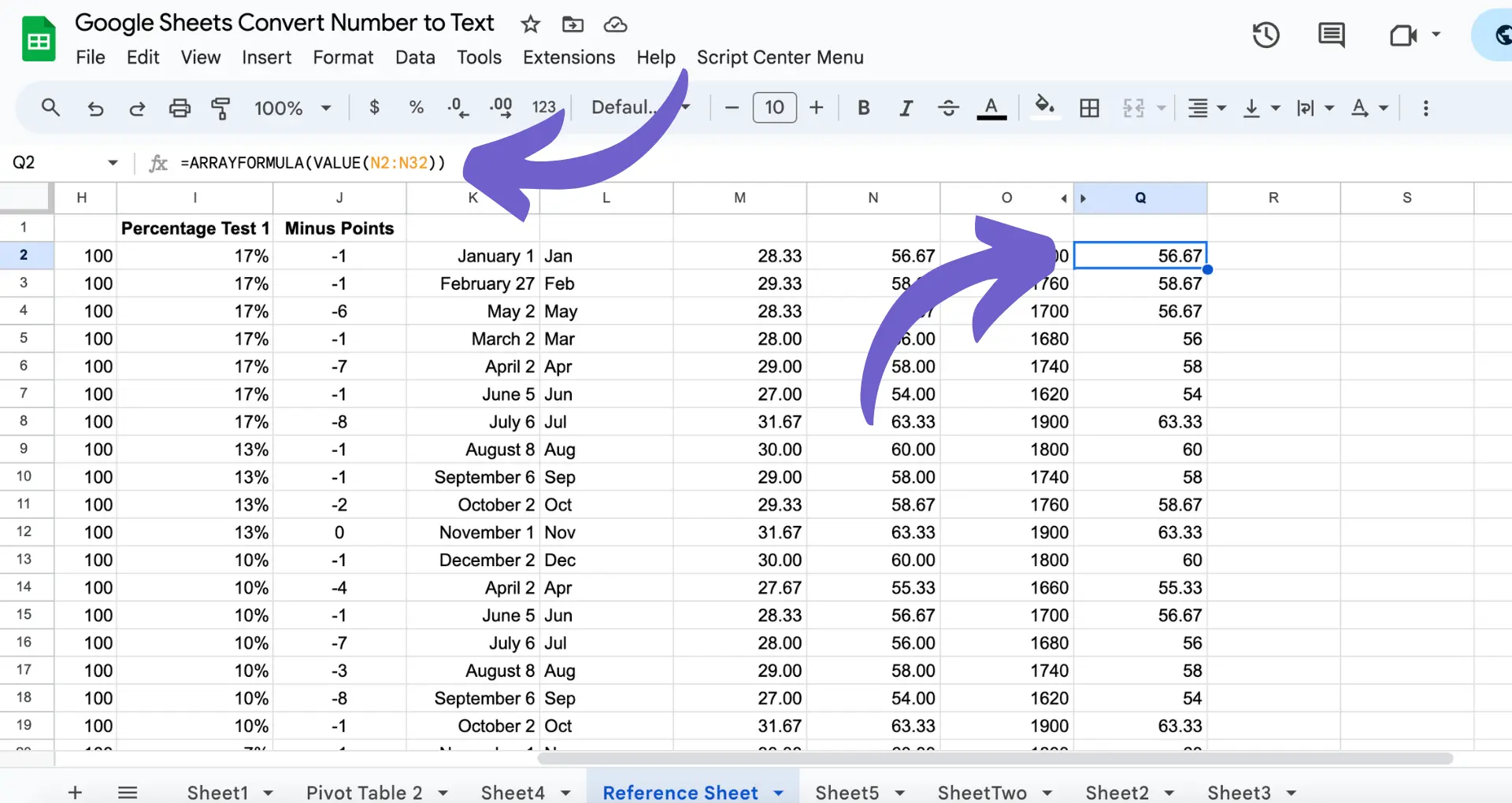





Secondary sales automation optimizes selling shares to third-party buyers.
By the way, we're Bardeen, we build a free AI Agent for doing repetitive tasks.
If you're interested in sales, you'll love our AI for sales. It automates prospecting, lead generation, and email outreach, helping you save time and boost efficiency.
In today's fast-paced business environment, companies are always looking for ways to increase efficiency and drive sales growth. One critical area that has seen significant advancements in recent years is secondary sales automation. According to recent studies, businesses that implement automation in their secondary sales processes can see up to a 20% increase in sales productivity and a 15% reduction in order processing time.
But what exactly is secondary sales automation, and why is it so important? In this comprehensive guide, we'll dive deep into the world of secondary sales and explore how automation is transforming the way businesses manage their distribution networks. Whether you're a sales manager looking to optimize your processes or a business owner seeking to expand your reach, understanding the ins and outs of secondary sales automation is crucial to staying competitive.
Throughout this guide, we'll not only cover the traditional manual methods of managing secondary sales but also introduce you to the cutting-edge, AI-powered tools like Bardeen that are revolutionizing the industry. Imagine having a virtual assistant that can handle repetitive tasks, freeing up your time to focus on strategic decision-making and building strong relationships with your distributors.
By the end of this guide, you'll have a clear understanding of what secondary sales automation is, how it works, and the key benefits it can bring to your business. You'll be equipped with the knowledge and tools to streamline your processes, boost sales performance, and ultimately, drive more revenue. So, are you ready to take your secondary sales to the next level? Let's get started!
Secondary sales automation refers to the process of using technology to streamline and optimize the selling of shares in a private company by existing stockholders to third-party buyers. This differs from primary sales where the company itself issues new shares to investors. Here are the key points to understand about secondary sales automation:
The main elements of a secondary sales automation platform include:
By bringing these components together in one system, secondary sales automation makes it easier for private shareholders to find buyers and execute transactions compliantly.
Companies and shareholders use secondary sales automation to:
A well-implemented secondary sales automation system aligns the interests of the company, existing shareholders, and new investors. For more details, check out our AI Sales Automation Field Guide.
The key differences between secondary sales and primary offerings include:
Understanding these differences is critical for companies considering whether to allow secondary sales and how to manage them.
In summary, secondary sales automation enables private companies to facilitate liquidity for shareholders while maintaining control over the process. In the next section, we'll explore the impact of secondary sales automation on business operations.
Secondary sales automation has a profound impact on business operations by optimizing key processes related to inventory management, order fulfillment, and demand-supply synchronization. Implementing automation in the secondary sales process can lead to significant improvements in efficiency, accuracy, and responsiveness across the supply chain. Here's how:
One of the primary benefits of secondary sales automation is its ability to streamline inventory management. By integrating real-time sales data with inventory systems, businesses can maintain optimal stock levels and avoid overstocking or stockouts. For example, an FMCG company can use automation to track secondary sales data from distributors and automatically adjust production and inventory levels based on actual demand.
Automated inventory control also enables better visibility and tracking of stock movements, reducing the risk of discrepancies and errors. This leads to improved inventory accuracy, reduced carrying costs, and more efficient use of working capital. Learn more about how to automate enrichment and qualification to enhance these processes.
Secondary sales automation simplifies the order processing workflow by eliminating manual interventions and reducing the scope for errors. With automated order capture and validation, businesses can ensure that orders are accurately recorded and quickly processed. This not only saves time but also improves the speed and reliability of order fulfillment.
Moreover, automation enables real-time tracking of orders throughout the supply chain, from placement to delivery. This visibility allows businesses to proactively manage any delays or issues, ensuring timely delivery to customers. Automated notifications and alerts keep all stakeholders informed about order status, enhancing communication and coordination.
Use Bardeen to automate outreach follow-up and stay on top of order notifications effortlessly.
Real-time data is a crucial aspect of secondary sales automation, enabling businesses to bridge the gap between demand and supply. By capturing secondary sales data at the point of sale, companies can gain instant insights into market demand patterns and trends. This information can be used to optimize production planning, inventory allocation, and distribution strategies.
For instance, a beverage company can leverage real-time sales data to identify regional variations in demand and adjust their supply chain accordingly. This ensures that the right products are available in the right quantities at the right locations, reducing the risk of lost sales due to stockouts. Automation also enables faster response times to sudden spikes or dips in demand, allowing businesses to adapt quickly to changing market conditions. You can also explore automating sales prospecting for better demand-supply synchronization.
The power of secondary sales automation lies in its ability to transform critical business operations. By embracing automation in inventory management, order processing, and demand-supply synchronization, companies can drive efficiency, accuracy, and agility across their supply chain. In the next section, we will explore the key benefits of secondary sales automation and how they contribute to business growth and success.
Secondary sales automation offers a range of benefits that can transform your business operations, drive revenue growth, and enhance customer satisfaction. By streamlining processes, improving data accuracy, and enabling data-driven decision-making, automation empowers sales teams to work more efficiently and effectively. Let's explore the key advantages of implementing secondary sales automation:
One of the most significant benefits of secondary sales automation is the boost in sales team productivity. By automating repetitive tasks such as data entry, order processing, and inventory updates, sales reps can focus on high-value activities like building customer relationships and closing deals. Automation tools also provide real-time access to customer data, enabling reps to have more informed and personalized conversations.
For example, a consumer goods company implementing secondary sales automation saw a 25% increase in sales team productivity, as reps spent less time on administrative tasks and more time engaging with customers. This productivity gain directly translates into increased revenue and improved customer satisfaction.
Secondary sales automation not only benefits sales teams but also has a positive impact on customer retention and loyalty. By streamlining order processing and fulfillment, businesses can ensure timely and accurate deliveries, reducing the risk of stockouts or delays. Automated systems also enable proactive communication with customers, keeping them informed about order status and resolving any issues promptly.
Moreover, automation tools provide valuable insights into customer behavior and preferences, allowing sales teams to tailor their approach and offer personalized recommendations. This level of service fosters stronger customer relationships and increases loyalty, leading to repeat business and referrals.
Accurate sales forecasting is crucial for effective business planning and resource allocation. Secondary sales automation provides real-time visibility into sales data, enabling managers to make data-driven decisions. By analyzing historical trends, seasonal patterns, and current pipeline data, automation tools can generate more precise sales forecasts.
With improved forecasting accuracy, businesses can optimize inventory levels, plan production schedules, and allocate resources more effectively. This not only reduces the risk of overstocking or stockouts but also helps in managing cash flow and making informed investments for growth.
Maintaining consistent pricing across the distribution network is a common challenge for businesses, particularly those with multiple channels and partners. Secondary sales automation helps address this issue by centralizing pricing information and automating price updates across the network.
By ensuring that all stakeholders have access to the latest pricing data, automation reduces the risk of discrepancies and errors. This consistency not only improves customer trust but also helps in maintaining healthy margins and preventing price wars among distributors.
Secondary sales automation offers a wide range of benefits that can transform your business operations and drive sustainable growth. From boosting sales team productivity to enhancing customer retention and improving forecasting accuracy, automation empowers organizations to make data-driven decisions and stay ahead of the competition. In the next section, we will explore the key considerations and best practices for implementing sales automation in your organization.
Implementing secondary sales automation involves selecting the right software, integrating it with existing systems, and training your sales team to use it effectively. By following these steps, you can ensure a smooth transition and maximize the benefits of automation for your organization.
The first step in implementing secondary sales automation is selecting the right software for your business needs. Consider factors such as scalability, ease of use, and compatibility with your existing systems. Look for a solution that offers features like real-time data synchronization, customizable workflows, and robust reporting capabilities.
For example, a consumer goods company may opt for a mobile-friendly automation platform that enables field sales reps to capture orders and inventory data on the go. This ensures seamless integration with back-end systems and provides real-time visibility into secondary sales performance. Using automation for sales prospecting can significantly streamline this process.
Once you've chosen your automation software, the next crucial step is integrating it with your existing systems, such as ERP, CRM, and inventory management. Seamless integration ensures that data flows smoothly between systems, eliminating manual data entry and reducing errors.
Effective integration also enables you to leverage the full potential of automation. For instance, when an order is placed through the automation system, it can automatically update inventory levels in your ERP, trigger replenishment orders, and generate invoices. This streamlines processes and improves operational efficiency. Consider using sales prospecting tools to further enhance integration and efficiency.
The success of your secondary sales automation implementation largely depends on how well your sales team adopts and utilizes the new tools. Provide comprehensive training to ensure that your team understands the features, benefits, and best practices of using the automation software.
Bardeen can automate training processes too. Check out how to prepare for a sales call using Bardeen playbooks.
Encourage your sales reps to embrace automation by highlighting how it can simplify their daily tasks, such as order entry, inventory checks, and route planning. Provide ongoing support and resources to help them navigate any challenges and optimize their use of the system. Regular training and feedback sessions can also help identify areas for improvement and drive continuous optimization of your secondary sales automation system.
By following these steps - selecting the right software, integrating it with existing systems, and training your sales team - you can successfully implement secondary sales automation. This enables you to leverage the power of automation to drive growth, improve efficiency, and enhance customer satisfaction.
Congratulations on making it this far! We appreciate your dedication to learning about secondary sales automation. By now, you should have a solid understanding of what secondary sales automation is, its benefits, and how to implement it effectively. Remember, the key to success lies in choosing the right tools, integrating them seamlessly, and empowering your sales team to make the most of automation.
Understanding what secondary sales automation is and its benefits is crucial for optimizing your sales process.
In this guide, you learned:
Don't miss out on the advantages of sales prospecting automation. Failing to become an expert could lead to missed opportunities and suboptimal sales performance. Embrace automation and watch your sales soar!










SOC 2 Type II, GDPR and CASA Tier 2 and 3 certified — so you can automate with confidence at any scale.
Bardeen is an automation and workflow platform designed to help GTM teams eliminate manual tasks and streamline processes. It connects and integrates with your favorite tools, enabling you to automate repetitive workflows, manage data across systems, and enhance collaboration.
Bardeen acts as a bridge to enhance and automate workflows. It can reduce your reliance on tools focused on data entry and CRM updating, lead generation and outreach, reporting and analytics, and communication and follow-ups.
Bardeen is ideal for GTM teams across various roles including Sales (SDRs, AEs), Customer Success (CSMs), Revenue Operations, Sales Engineering, and Sales Leadership.
Bardeen integrates broadly with CRMs, communication platforms, lead generation tools, project and task management tools, and customer success tools. These integrations connect workflows and ensure data flows smoothly across systems.
Bardeen supports a wide variety of use cases across different teams, such as:
Sales: Automating lead discovery, enrichment and outreach sequences. Tracking account activity and nurturing target accounts.
Customer Success: Preparing for customer meetings, analyzing engagement metrics, and managing renewals.
Revenue Operations: Monitoring lead status, ensuring data accuracy, and generating detailed activity summaries.
Sales Leadership: Creating competitive analysis reports, monitoring pipeline health, and generating daily/weekly team performance summaries.